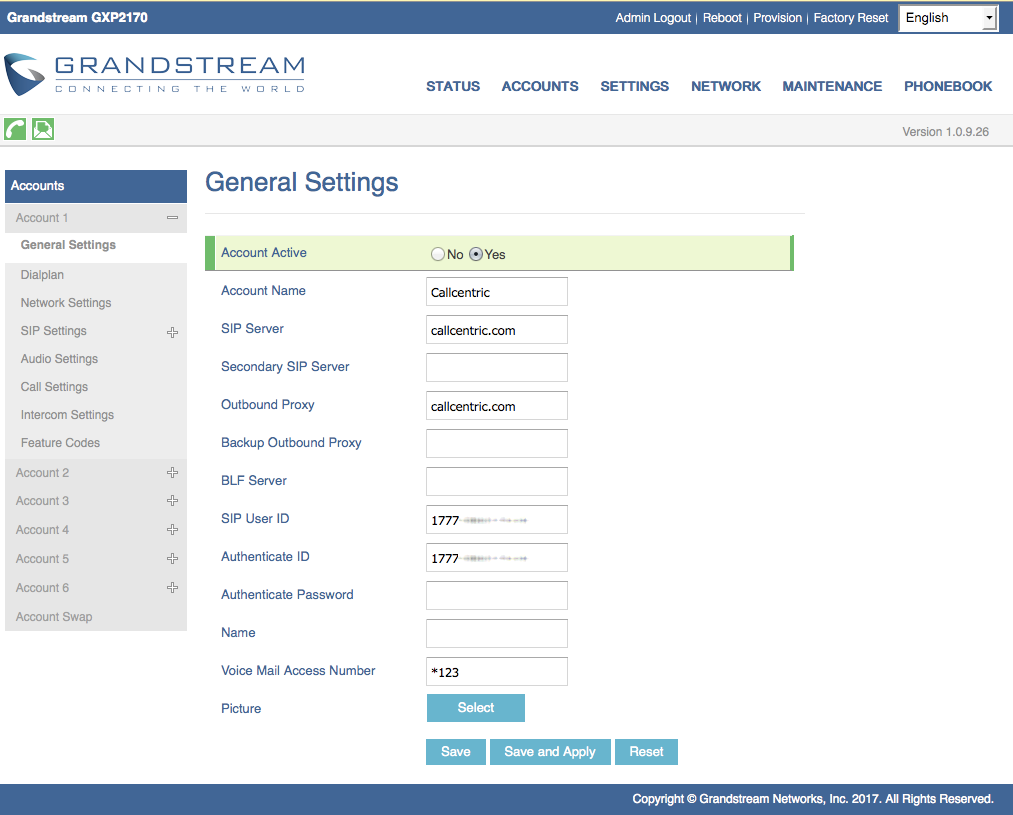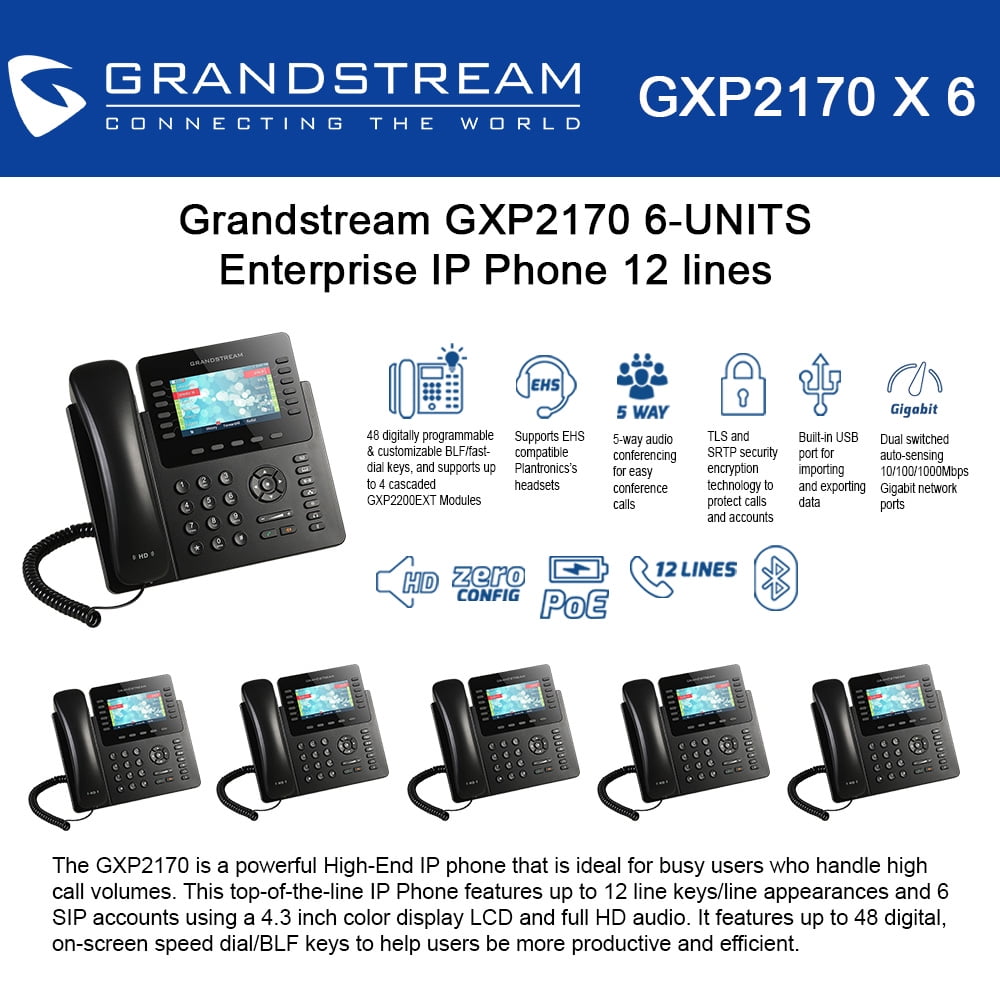

- #GXP2170 AUDIO LOOPBACK HOW TO#
- #GXP2170 AUDIO LOOPBACK DRIVER#
- #GXP2170 AUDIO LOOPBACK WINDOWS 10#
- #GXP2170 AUDIO LOOPBACK SOFTWARE#
When it comes to Windows, Windows 10 does not have a native tool to group audio devices, but Source Elements tell us that ASIO4ALL doesn’t work too well with Source-Nexus and they recommend FlexASIO instead.įor Pro Tools HDX users Source-Nexus is the only loopback product that will work on HDX systems or other proprietary DAW audio hardware that are not visible to other loopback applications. Users who want to use aggregate devices with Source-Nexus can set them up in Mac OS’s Audio MIDI setup. The thing that differentiates Source-Nexus from other solutions is having up to 64 channels of virtual I/O available, which means it has pretty much any scenario covered.

#GXP2170 AUDIO LOOPBACK SOFTWARE#
Users can connect up pretty much any application with Source-Nexus, including NLE’s, web browsers or software metering for example.

Slotting in alongside Source Elements’ other collaboration tools, Source-Nexus is a new solution that has been developed to neatly circumvent these problems by providing a paid, properly supported Windows and Mac solution to plug the gap and plays nicely with your system.
#GXP2170 AUDIO LOOPBACK DRIVER#
Up until now, using a standalone driver could be a rather hit-and-miss experience, despite some very usable freeware coming and going, with a large gulf between solutions for those moving between Mac and Windows systems. This comes from an audio driver, be that your interface’s one or a standalone solution such as Jack, Rogue Amoeba Loopback, Ground Control or (the now unsupported) Soundflower. Loopback products like Source-Nexus allow us to ditch the clutter by providing virtual I/O. Not only was this unwieldy, but it also involved a trip through the convertors and back, which is less than ideal. Whatever the reason, the need to record audio between applications is something that many of us will have come up against before now, which often used to mean patching physically between source and destination audio interfaces. Whether you’re recording a Zoom or Skype call into your DAW, or streaming audio from DAW to DAW, having a way to pipe sound around your computer while staying in the box is invaluable. Why Do We Need Loopback Products Like Source-Nexus?
#GXP2170 AUDIO LOOPBACK HOW TO#
But what if your interface doesn’t have a loopback feature? We show you how to get there without the clutter. Marshal.Copy(data, 0, e.OutputBuffers, e.When you need to record audio from one application to another, loopback is the solution. Marshal.Copy(data, 0, e.OutputBuffers, e.SamplesPerBuffer * 4) Marshal.Copy(e.InputBuffers, data, 0, e.SamplesPerBuffer * 4) If( (data = null) || (data.Length < (e.SamplesPerBuffer * 4)) )

Private void Asioout_AudioAvailable(object sender, AsioAudioAvailableEventArgs e) Var buf = new BufferedWaveProvider(new WaveFormat(48000, 32, 2)) Īsioout.InitRecordAndPlayback(buf, 1, 48000) Īsioout.AudioAvailable += Asioout_AudioAvailable I have a feeling that sometimes the ASIO suffers buffer underrun in the meantime of having the audio captured and copied to the output buffers, but I'm not sure about it.Ĭan anyone please give a hint? using I would like to know it that's the best way to get the raw samples from the input buffer and put them on the output buffers. I'm also using ASIO4All (for some reason, that USB device only allows me to set the buffer to 512 samples).įor my project I need to be able to acess the "raw" audio captured, in the future I plan to send it over the local network. I'm using a cheap USB audio adapter (the same model on both computers) to capture the audio (I'm playing music on it from my cell phone) and to play it on a headphone. It happens more often using a less powered laptop (core i5) than on my desktop (core i7), but even on the desktop sometimes I get the artifacts. It works fine, but sometimes I get artifacts in the sound. I'm trying the NAudio library, and I made a simple code to get the audio captured from the ASIO driver and copy it to the output buffers. I'm starting a project where I need to capture audio with the lowest possible latency, and it looks like ASIO is the best choice for it.


 0 kommentar(er)
0 kommentar(er)
